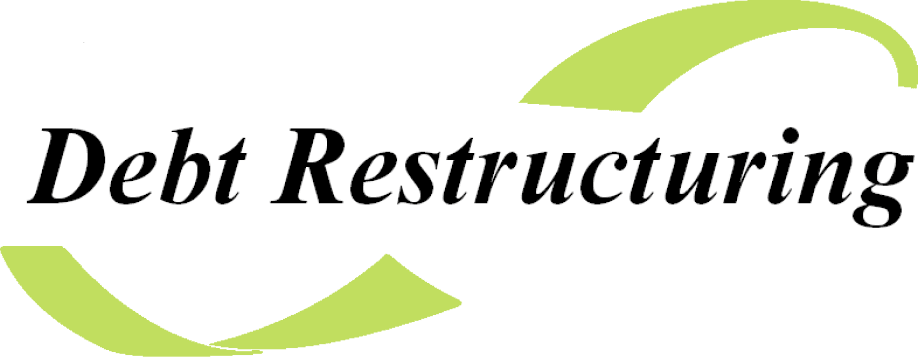By Nicole Rutledge 12 July 2010
When well-known financial commentator Ben Stein was asked whether he worries about having enough money in the future, he confidently replied that he does not. That’s because he asserted that his “young self” made sure to take good financial care of his “old self.”
His celebrity notwithstanding, Stein isn’t burdened by his financial future because he avoided common money traps in his 20s and stuck to a long-term savings plan. You can do the same by making sure you don’t fall prey to the biggest misconceptions that young people have about money:
“I don’t need to start saving until I’m in my 30s.” Wrong. Saving today creates financial security for the future. In your 20s, you have a small window of opportunity to take advantage of the power of compounded interest. For example:
- If you save $3,000 a year in an IRA between the ages of 20 and 30 (and only between this time period) – and earn an average annualized rate of return of 7% – at age 65 you’ll have $442,000.
- However, if you begin saving when you’re 30 the same amount each year at the same average rate of return until you’re 65, you’ll have $283,000 or 35 percent less than if you had just saved the money in your 20s.
Another way to think about saving in your 20s is this:
Assuming this same 7% annual rate of return, if you begin saving $3,500 per year when you’re 20 until you’re 65, you’ll have $1 million, whereas if you didn’t start saving until you’re 35, you’d have to save $10,600 every year to reach $1 million.
In addition, your young age creates a longer investment horizon and the opportunity to take on more investment risks. To plug in numbers to see how fast your money will grow when you start saving at a younger age, utilize an online Savings Calculator.
“My parents have it all – so I will too.” A lot of us see the things our parents have acquired and think that lifestyle was quickly realized. However, it’s important to not have inflated expectations about what “living well” means. Remember, you didn’t know your parents when they first started out. They most likely struggled with saving too, and didn’t accumulate a lot of material goods at first. A friend’s college finance professor once stressed that you should always “act your wage.” In other words, live within your means and don’t overextend yourself for the appearance of having more than you really do.
“Bad debt only happens to other people.” According to www.credit.org, a 2009 Sallie Mae study showed that the average undergraduate student owes over $3,000 in credit card debt and in addition to that, graduates with approximately $20,000 in student loans. Accruing debt isn’t something that happens overnight or a product of one bad financial decision – it creeps up on you. You can’t wrestle your way through your finances by just making minimal credit card payments. Who wants to ultimately pay $300 for an outfit you originally paid $75 for? Unfortunately, many circles of friends often avoid talking about debt. If you feel like you’re not able to keep up with your finances, reach out for help from reputable organizations. And remember: You might not be able to rely on your parents for a financial lifeline because their financial condition may change.
“I’m sure my credit is fine.” With identify theft more prevalent and many of us having numerous credit cards, it’s imperative to check your credit report at least once a year. I knew one college student who had forgotten about a small debt on her credit card – and with interest and fees the debt rose to about $500. The balance was eventually classified as a collection on her credit report, and she had a difficult time qualifying for student loans because of what was originally a minor oversight.
“I don’t spend that much.” Most of what can deter you from reaching financial goals is spending on the “everyday” stuff – not the big-ticket items. It’s Starbucks each morning and extra cell phone charges. I’m not saying that you should sweat all the small stuff, but if you’re an impulsive buyer, you have to remember that spur-of- the-moment purchases add up. For one month, keep a detailed record of everything you spend. Then evaluate where you can cut back. I guarantee you’ll find little ways to save a lot – even if it’s $20 a month. Also check out the services of Mint.com, a free and easy way to track spending.
The key to a healthy financial future is living within your means. This sounds easy, but every choice you make about the house you buy, the car you purchase, whether you eat out or cook at home, has a deleterious impact on your ability to save and live within your means. It requires awareness of an overall goal and doing the math to be sure.
If you want to develop money management skills, becoming financially literate is the best tool to help you avoid financial pitfalls.
Ultimately, time is on your side – and you’re in an ideal age bracket to plan how your “young self” will help to financially secure your “old self.”
Nicole Rutledge is a Certified Financial Planner® and a Senior Advisor for Orlando-based Resource Consulting Group, the largest fee-only financial planning and investment advisory firm in Florida.
